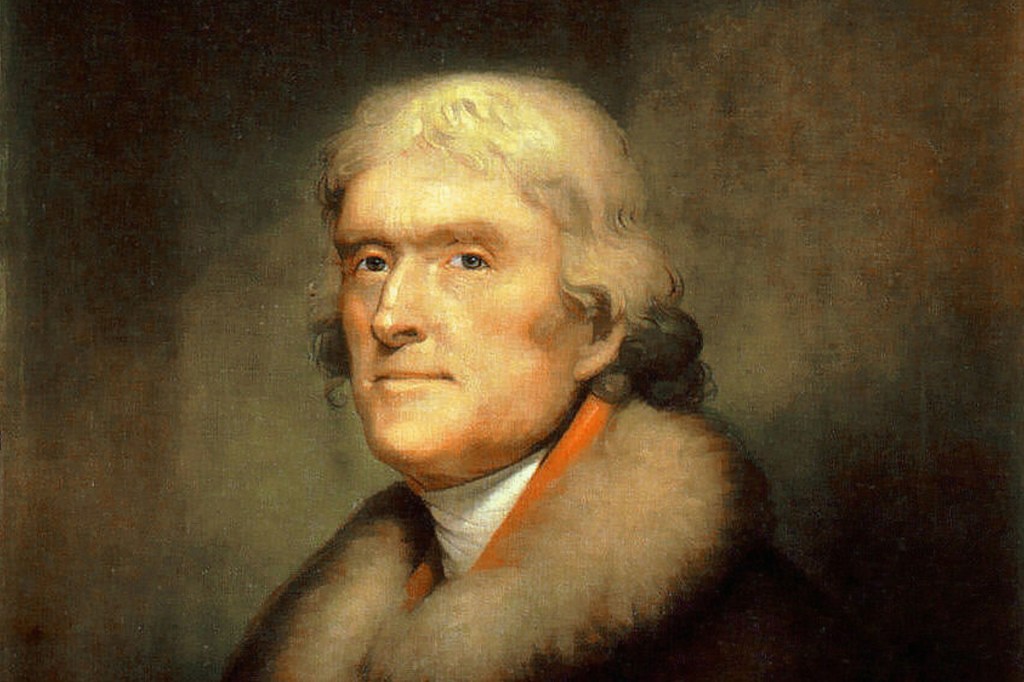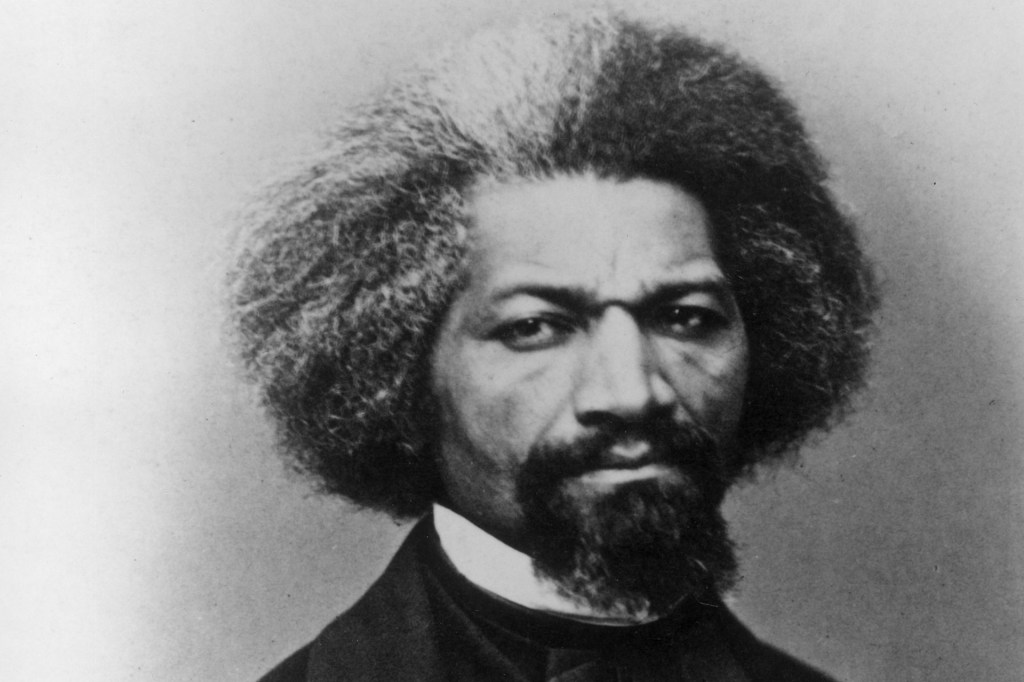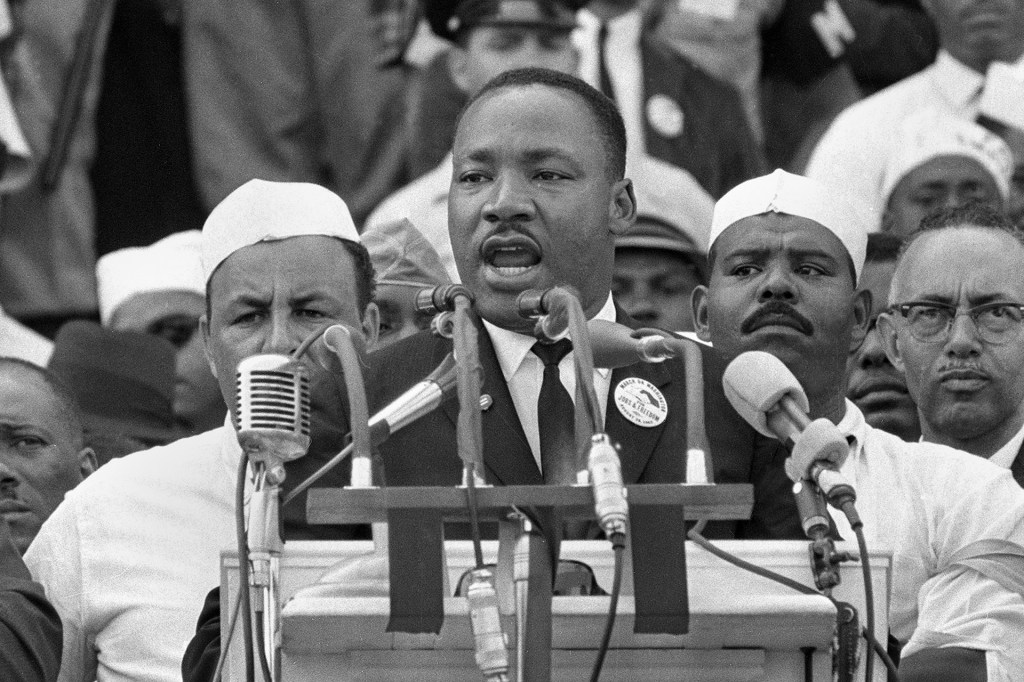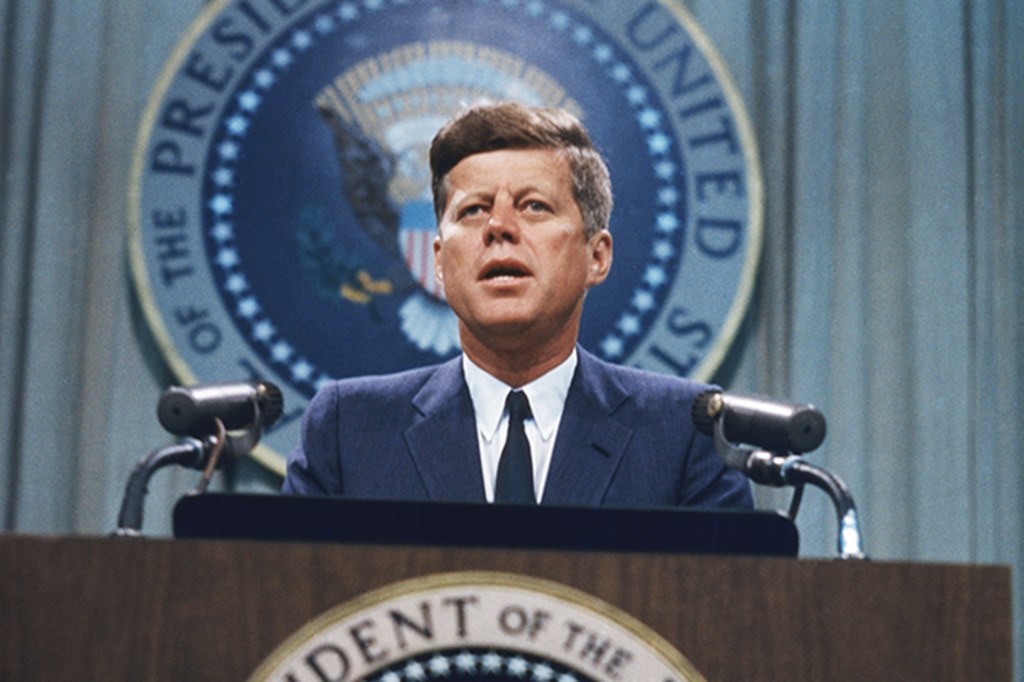Ruby Bridges
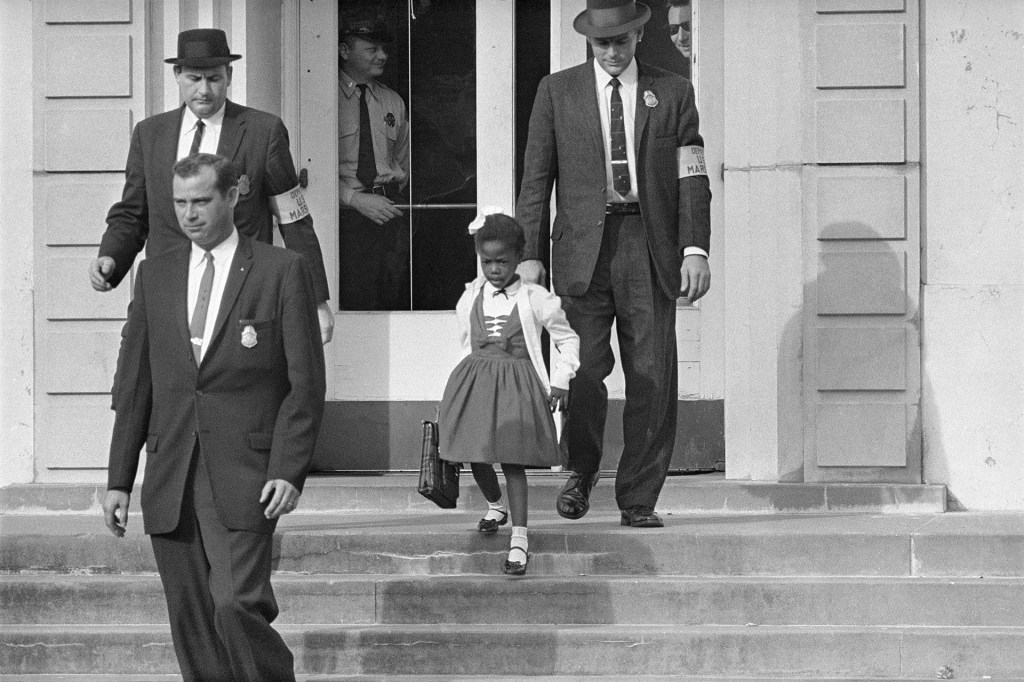
In 1960, Ruby Bridges (September 8, 1954—) walked through the doors of William Frantz Elementary School, in New Orleans, Louisiana. By doing so, she became the first African-American student to attend an all-white elementary school in the Southern United States.
On November 14, 1960, Ruby Bridges became a symbol of the U.S. civil rights movement. She was just 6 years old. This marked the beginning of integration for U.S. public schools.
Bridges was born in Tylertown, Mississippi, on September 8, 1954. A few months before, the Supreme Court had issued a ruling on five combined cases. The court’s decision would impact Bridges’s life and change American history.
Brown v. Board of Education of Topeka, Kansas aimed to end the idea of “separate but equal schools.” In many states, black students and white students could not attend the same school. On May 17, 1954, the Supreme Court ruled that segregation in U.S. public schools was against the Constitution.
Although it was illegal for schools to separate students by race, some states—especially in the South—did not follow the ruling. Five years after the Brown decision, little Ruby would become the first student to integrate a Southern elementary school.
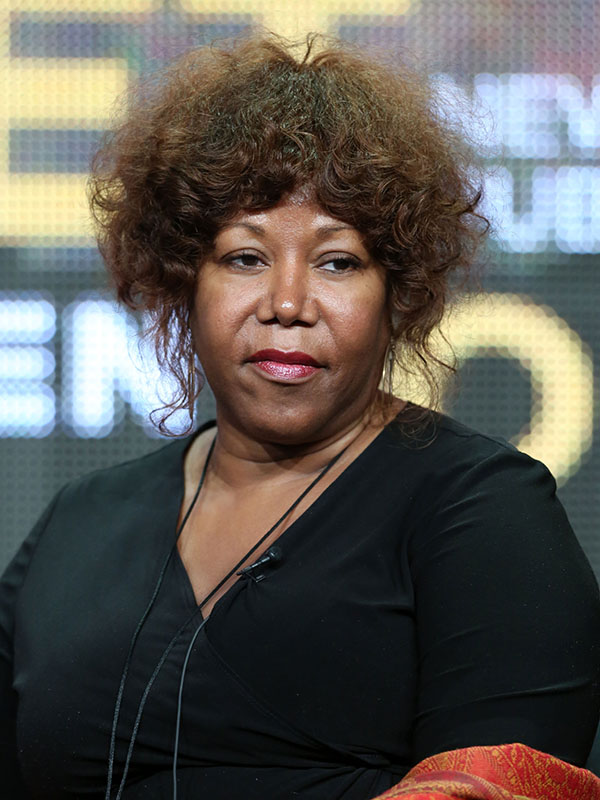
A Promising Student
When Bridges was 4, her family moved from Mississippi to New Orleans, Louisiana. Her parents hoped a new city would offer better jobs. Her father, Abon, found a job working at a gas station. Her mother, Lucille, worked nights to help support the family.
Bridges attended kindergarten at a segregated school in New Orleans. But in 1960, a federal court ordered that Louisiana desegregate Desegregate to eliminate segregation (verb) Eventually the city's schools desegregated and allowed all children to attend. all of its public schools. Bridges was a good student. She was chosen to be part of a small group of black students who would take a test given by the school district. The test determined which students would attend the all-white schools. Bridges was one of six black children who passed the test. She enrolled in William Frantz Elementary School. It was just blocks from her home.
At first, Bridges’s father did not want to enroll his daughter in the all-white school. He was afraid angry people would harm his family. However, her mother convinced him that it was the right decision. She believed their daughter would get a better education at an all-white school. Bridges’s parents, who could not read or write, wanted her to succeed. On November 14, federal marshals escorted Bridges and her mother to Ruby’s new school.
School of One
In a 1997 television interview, Bridges remembered preparing to leave for her first day at the school. She remembered looking out the window of a car driven by a U.S. marshal. “Driving up, I could see the crowd,” she said. “But living in New Orleans, I actually thought it was Mardi Gras.”
An angry crowd had gathered outside the school before Bridges arrived. They chanted, “Two, four, six, eight, we don’t want to integrate!” They tried to block the entrance to the school. While Bridges and her mother sat in the principal’s office, hundreds of parents entered the school and removed their children from classrooms
. The next day, Bridges was led past the screaming crowd and into the school by four marshals. When she arrived at her classroom, she found a teacher but no students. Her teacher, Barbara Henry, from Boston, Massachusetts, had moved to the South hoping to help schools integrate. She was the only teacher willing to teach Bridges. “She would greet me, take me to my classroom, and it was just her and I,” said Bridges. Although Bridges and Henry remained in the classroom alone for the rest of the school year, neither missed a single day of class.
A Lasting Legacy
The following school year, Bridges attended second grade at William Frantz. This time, the crowds had disappeared, and her classroom was full of students. In 1999, Bridges created the Ruby Bridges Foundation to teach tolerance to students. The following year, she was made an honorary deputy federal marshal in Washington, D.C. “I am so proud to have received such an honor,” she said. “Deputy U.S. marshals are peacemakers and advocates of justice.” Today, Bridges is an author, activist, and public speaker. She continues her work helping people learn to be more accepting of others.





